It’s a math trick. Not a physical theory.
- 16 Posts
- 86 Comments

 1·15 days ago
1·15 days agoScientists have came up with countless ways to fix the Hubble tension. But all these modified theories so far are either
- contrived
- untestable with present day observational instruments
- currently being tested
- already tested and deemed incompatible with reality.

 2·15 days ago
2·15 days agoAny linear relationship in this calculation would be an approximation. They’re useful for intuition and quickly explaining things, but for actual business either the full nonlinear relationship is used, or if the linear approximation is used the approximation error must be bounded by an acceptably small parameter.

 2·16 days ago
2·16 days agoLambda-CDM is fully aware of general relativity. Some people may try to explain it with nonrelativistic pictures to help you build intuition, but the actual theory and calculation is fully relativistic so you don’t have to worry about that.
since we have 2 parameters to evaluate
I don’t follow. What two parameters?

 4·16 days ago
4·16 days agoThe instrumental error bars are no longer overlapping. But if we imagine all the modifications one could make to Lambda-CDM, then there is still a huge “theory” error bar that subsumes all these.
Basically I’m saying the model is wrong, yes, but it can very much be fixed.
thing I don’t like is on the rise
must be the tankies

 111·17 days ago
111·17 days agoYes it’s a problem with the model. But it a problem that can very likely be fixed. We don’t have to throw out the entire model and start from scratch.

 963·18 days ago
963·18 days agoThe article over-dramatizes the story. This “deeply wrong” discrepancy is less than 10%. CMB measurements predict a Hubble constant of around 68km/s/Mpc. Distance ladder measurements get around 73km/s/Mpc.
Our current understanding of the universe the Lambda-CDM model is still wildly successful and it’s more likely that the true correct model of the universe will be a correction/extension to Lambda-CDM rather than a completely new theory (although if it is a completely new theory that would be pretty cool).
tariff = (export - import) / (<??? factor> × <another ??? factor that cancels the first one out> × import)
The only times anyone would use the asterisk as multiplication symbol are
- they are doing some fancy math and it’s not the same kind of number multiplication we’re familiar with
- they are on a computer, the keyboard does not have a (×) key, and they don’t know how to typeset it (
\timesin LaTex), so they just use the asterisk instead
The US government falls in the second category.

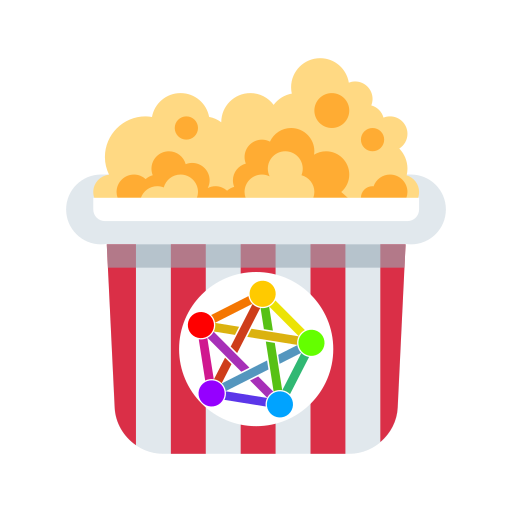 9·26 days ago
9·26 days agoDid they end up choosing block list or allow list? I hope it was the former. Allowlist will exclude small instances and harm federation diversity.

 8·26 days ago
8·26 days agoThe most anticapitalist instance getting a .com domain would be hilarious
But there gotta be more to the story. Was the registrar being “shady” as @hendrik@palaver.p3x.de said? Why did federation take so long?

 31·26 days ago
31·26 days agoThe link is helpful. Thanks!

 1·26 days ago
1·26 days agodeleted by creator

 8·26 days ago
8·26 days agoThanks! The link is helpful.
Look like they got the domain back a while ago. Wonder why federation took so long.

 9·26 days ago
9·26 days agoSorry I should have clarified: not looking for Hexbear lore in general. I have seen a lot of Hexbear content, so I have a solid understanding on the site and the users. Don’t want to start a debate about that here because that debate always turn nasty.
What I am looking for is: what happened in the past month-ish? How did you all lost your domain? How and when did you get it back? Why did it take so long for federation to be back? Is there any other change made to the site during this downtime?

 56·1 month ago
56·1 month agoI recommend critically reading the paper. It is quite accessible to those with college-level science background.
Most importantly, it is still highly controversial whether this galaxy rotation direction bias actually exists. If you look at section 4 of the paper, the author is debating against different groups that did similar surveys and found no bias. Someone needs to actually work through this author’s methodology as well as those of other groups and figure out what is going on.
If there is indeed a bias, that is super exciting! An anisotropic universe due to being in a black hole would be a very cool explanation. But given the ongoing debate, a general-audience publication like Independent presenting this rotation bias as a given fact is very poor journalism.

 5·1 month ago
5·1 month agoIf only the new US regime could copy from the PRC by funding and promoting scientific research😔

 6·3 months ago
6·3 months agoData sent entirely in the clear occurs during the initial registration of the app, including:
- organization id
- the version of the software development kit used to create the app
- user OS version
- language selected in the configuration
Doesn’t like very important information. Anyway, if you care about privacy you should not be using the official app or API. Go on OpenRouter and use DeepSeek models served by other inference providers with better privacy policies.
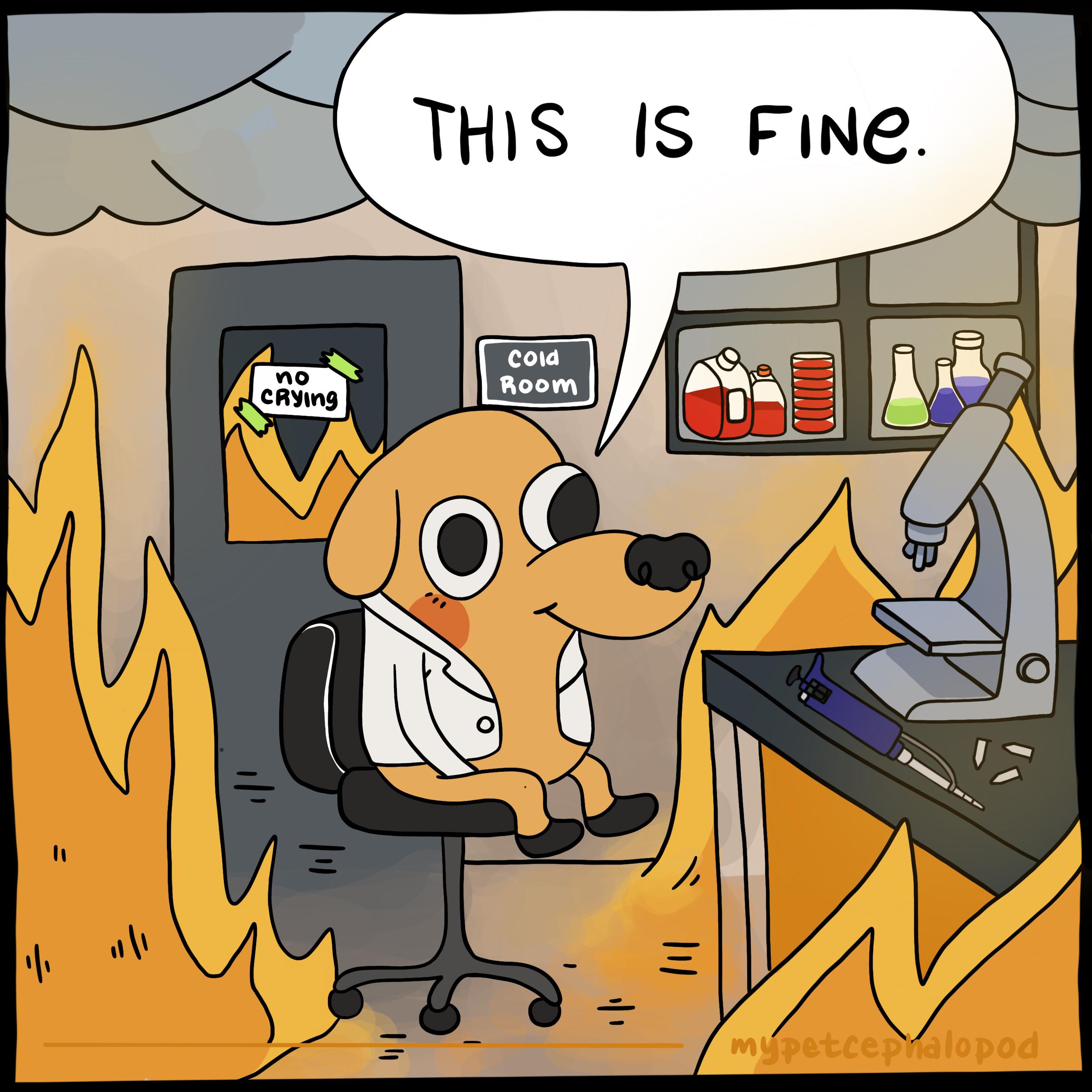


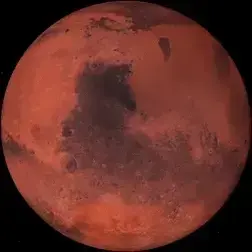
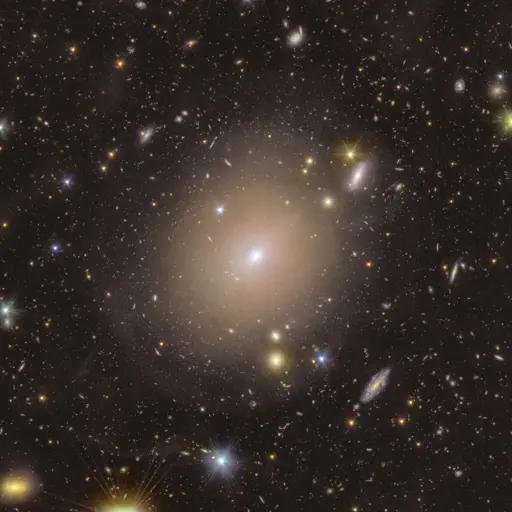

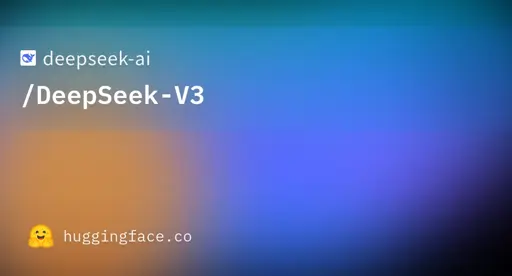
It’s not just the narrow wavelength. Even with a perfectly monochromatic green light, your green receptors would activate a lot but your receptors for red and blue would still activate a bit. These researchers specifically target only the green receptors to activate (by literally shooting light at those receptors in particular), so for the first time ever your brain reads a pure green signal.